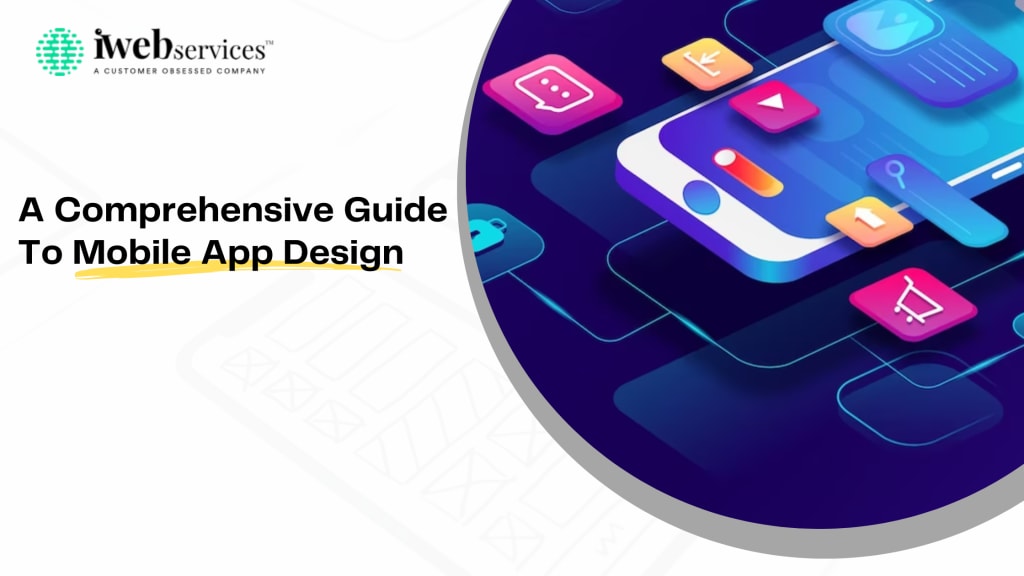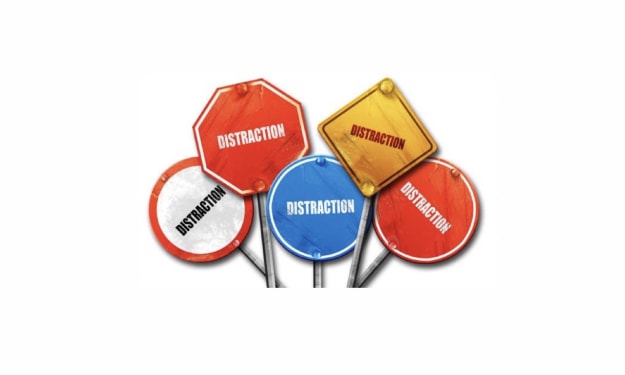A Comprehensive Guide To Mobile App Design
Top Mobile App Design Company

Mobile app design plays an important role in creating an engaging and user-friendly experience for smartphone users. In this comprehensive guide, we will delve into the various aspects of mobile app design, covering everything from initial ideation to the final product. Whether you're a startup or an established company, this guide will provide you with valuable insights and best practices to create compelling mobile applications.
1. Understanding User Needs
The foundation of a successful mobile app lies in understanding the needs and preferences of your target audience. Conduct thorough research to gain insights into user demographics, behaviors, and motivations. This data will inform your design decisions and help you create an app that resonates with your users.
a) User Personas
Develop user personas to represent different segments of your target audience. These personas should incorporate the characteristics, goals, and challenges of users. By empathizing with these personas, you can design an app that caters to their specific needs.
b) User Journey Mapping
While having mobile app design services, map out the user journey to identify key touchpoints and interactions within your app. This will help you optimize the user flow and enhance the overall user experience. Consider user expectations, pain points, and desired outcomes at each step of the journey.
2. Wireframing and Prototyping
Before diving into visual design, create wireframes and prototypes to establish the app's structure and functionality. Wireframes in an app design services provide a skeletal framework of the app, outlining the placement of elements and navigation flow. Prototypes, on the other hand, allow for interactive testing and validation of the app's usability.
a) Information Architecture
Define the information hierarchy of your app by organizing content in a logical and intuitive manner. Categorize information into sections and subsections, ensuring easy access and efficient navigation for users.
b) Visual and Interaction Design
With wireframes as a reference, focus on the visual aesthetics and interaction design of your app. Create a visually appealing interface by using color schemes, typography, and graphical elements that align with your brand identity. Pay attention to interaction design principles, including intuitive gestures, animations, and transitions.
3. Responsive and Adaptive Design
In the era of multiple screen sizes and devices, it's crucial to hire a mobile app design company that can adopt responsive and adaptive design techniques. Ensure your app functions seamlessly across various platforms, including smartphones and tablets, by optimizing layouts, fonts, and images for different screen resolutions.
a) Flexible Layouts
Design flexible layouts that can adapt to different screen sizes. Utilize grids, breakpoints, and scalable elements to maintain consistency and readability across various devices.
b) Touch-Friendly Elements
Mobile apps heavily rely on touch interactions, so prioritize touch-friendly elements. Ensure buttons, icons, and other interactive elements are large enough and have sufficient spacing to accommodate accurate touch inputs.
4. Usability Testing and Iteration
Once you have a functional prototype, conduct usability testing to gather feedback from real users. Identify pain points, usability issues, and areas for improvement. Iterate and refine your design based on the insights gained, ensuring a user-centric approach.
a) User Testing Sessions
Invite users to test your app and observe their interactions. Encourage them to provide feedback on the app's usability, clarity, and overall experience. Analyze their behavior and responses to uncover insights that will guide your design decisions.
b) Continuous Improvement
Embrace a mindset of continuous improvement throughout the design process. Implement user feedback, track app analytics, and stay updated with the latest design trends to ensure your app remains relevant and competitive.
Conclusion
Mobile app design is a dynamic and iterative process that requires a deep understanding of user needs and a commitment to usability and aesthetics. By following this comprehensive guide, you'll be equipped with the knowledge and strategies to create remarkable mobile app experiences that captivate and engage users.
Remember to stay flexible, hire reliable mobile app development company, adapt to evolving technologies, and always prioritize the end-user in your design decisions.
About the Creator
Lilly Gracia
I am Lilly Gracia, a software engineer at iWebServices. It is one of the most reliable web and mobile app development firms, catering to tens of thousands of clients worldwide.






Comments
There are no comments for this story
Be the first to respond and start the conversation.